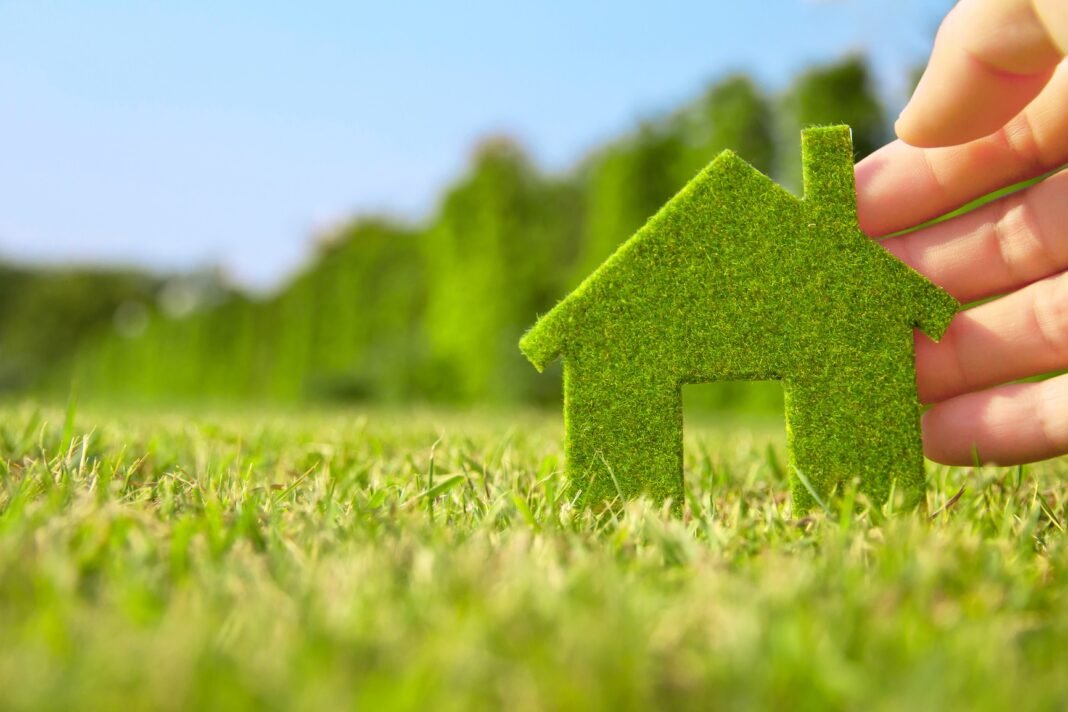Climate change is no longer a distant threat—it’s a present reality impacting our lives in numerous ways. One of the most significant areas affected is home insurance. Understanding how to climate-proof your home has become crucial in the new normal. Not only does it protect your investment, but it also ensures you have the right coverage when you need it most.
The Impact of Climate Change on Home Insurance
Climate change has led to an increase in severe weather events, causing a direct impact on home insurance. As a result, premiums are rising, and insurers are facing an unprecedented number of claims.
Rising Premiums
Home insurance premiums have been steadily increasing due to the heightened risk of climate-related damage. Insurers are adjusting their rates to account for the greater likelihood of claims from events like hurricanes, floods, and wildfires.
Increased Claims
With more frequent and severe weather events, the number of claims has skyrocketed. This trend puts a strain on insurance companies, leading them to reassess their policies and, in some cases, reduce coverage or increase deductibles.
Why Climate-Proofing is Essential
Climate-proofing your home isn’t just about weathering the next storm; it’s about long-term resilience and financial stability.
Protecting Your Investment
Your home is likely your most significant investment. By taking steps to climate-proof it, you safeguard your property from potential damage, preserving its value and ensuring its longevity.
Ensuring Coverage
Insurance companies are increasingly scrutinizing homes for resilience features. Homes that are climate-proofed are more likely to receive comprehensive coverage at better rates, as they pose a lower risk to insurers.
Steps to Climate-Proof Your Home
Taking proactive measures to climate-proof your home can make a significant difference. Here are some essential steps:
Assessing Vulnerabilities
Start by identifying the specific risks your home faces. This can include local climate patterns, the age and condition of your home, and its geographical location.
Upgrading Infrastructure
Roof and Siding
Ensure your roof and siding are made of durable, weather-resistant materials. Consider using metal roofing or impact-resistant shingles that can withstand high winds and heavy rain.
Windows and Doors
Install storm shutters or impact-resistant windows and reinforce doors to prevent damage from flying debris during severe weather.
Landscaping for Resilience
Fire-Resistant Plants
In areas prone to wildfires, use fire-resistant plants and maintain a defensible space around your home to reduce fire risk.
Proper Drainage
Implement proper drainage systems to manage heavy rainfall and prevent flooding. This can include grading your yard away from the house and installing French drains or sump pumps.
Insurance Considerations
Understanding your insurance policy is critical to ensure you’re adequately covered.
Understanding Your Policy
Coverage Limits
Review your policy to understand the coverage limits. Make sure they align with the current value of your home and potential repair costs.
Exclusions
Be aware of any exclusions in your policy. Some policies may not cover specific types of damage, such as flooding or earthquakes, without additional coverage.
Additional Coverage Options
Flood Insurance
Flooding is one of the most common and costly natural disasters. Standard home insurance policies typically don’t cover flood damage, so consider purchasing separate flood insurance.
Earthquake Insurance
If you live in an area prone to earthquakes, additional earthquake insurance can protect you from potentially devastating losses.
Saving on Home Insurance While Climate-Proofing
While climate-proofing your home can be costly, there are ways to save on your insurance premiums.
Discounts for Upgrades
Many insurance companies offer discounts for homes with resilience upgrades. Check with your insurer to see what improvements qualify for reduced premiums.
Bundling Policies
Consider bundling your home insurance with other policies, such as auto or life insurance, to receive a multi-policy discount.
Higher Deductibles
Opting for a higher deductible can lower your premium. Just ensure you have the financial means to cover the deductible in case of a claim.
Case Studies: Success Stories
Real-life examples can illustrate the benefits of climate-proofing.
Real-Life Examples of Climate-Proofing
For instance, a homeowner in Florida upgraded their windows and roof to withstand hurricanes, resulting in a significant reduction in their insurance premium and minimal damage during a major storm. Another example is a family in California who implemented fire-resistant landscaping and saw their home survive a nearby wildfire with minimal impact.
Conclusion
The future of home insurance is evolving with the climate. By taking steps to climate-proof your home, you not only protect your most valuable asset but also ensure you have the coverage you need in an increasingly unpredictable world. Investing in these measures today can save you from substantial financial loss and provide peace of mind for years to come.


